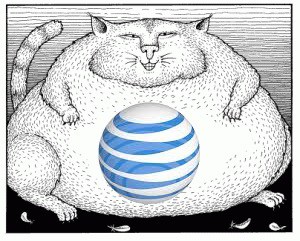 If your YouTube, Netflix, or Amazon Video experience isn’t what it should be, your Internet Service Provider is likely to blame.
If your YouTube, Netflix, or Amazon Video experience isn’t what it should be, your Internet Service Provider is likely to blame.
A consumer group today implicated several major Internet providers including Comcast, AT&T, Time Warner Cable and Verizon in an Internet slowdown scheme that prevented customers from getting the broadband performance they are paying for.
A study* of 300,000 Internet users conducted by Battleforthenet found evidence some of America’s largest providers are not adequately providing connectivity for Content Delivery Networks (CDNs) that supply high-capacity traffic coming from the Internet’s most popular websites.
Significant performance degradation was measured on the networks of the five largest American ISPs, which provide Internet connectivity for 75% of U.S. households.
“For too long, Internet access providers and their lobbyists have characterized Net Neutrality protections as a solution in search of a problem,” Tim Karr from Free Press told the Guardian newspaper, which had advance notice of the study. “Data compiled using the Internet Health Test show us otherwise – that there is widespread and systemic abuse across the network. The irony is that this trove of evidence is becoming public just as many in Congress are trying to strip away the open Internet protections that would prevent such bad behavior.”
 The study revealed network performance issues that would typically be invisible to most broadband customers performing generic speed tests to measure their Internet speed. The Open Technology Institute’s M-Lab devised a more advanced speed test that would compare the performance of high traffic CDNs across several providers. CDNs were created to reduce the distance between a customer and the content provider and balance high traffic loads more evenly to reduce congestion. The shorter the distance a Netflix movie has to cross, for example, the less of a chance network problems will disrupt a customer’s viewing.
The study revealed network performance issues that would typically be invisible to most broadband customers performing generic speed tests to measure their Internet speed. The Open Technology Institute’s M-Lab devised a more advanced speed test that would compare the performance of high traffic CDNs across several providers. CDNs were created to reduce the distance between a customer and the content provider and balance high traffic loads more evenly to reduce congestion. The shorter the distance a Netflix movie has to cross, for example, the less of a chance network problems will disrupt a customer’s viewing.
If technicians controlled the Internet, the story would end there. But it turns out money has gotten between Internet engineers with intentions of moving traffic as efficiently as possible and the executives who want to be paid something extra to carry the traffic their customers want.
That may explain why Comcast can deliver 21.4Mbps median download speeds for traffic distributed by a CDN Tier1 IP network called GTT to customers in Atlanta, while AT&T only managed to squeeze through around 200kbps — one-fifth of 1Mbps. It turns out AT&T’s connection with GTT may be maxed out and AT&T will not upgrade capacity to a network that sends AT&T customers more than twice the traffic it receives from them without direct compensation from GTT.
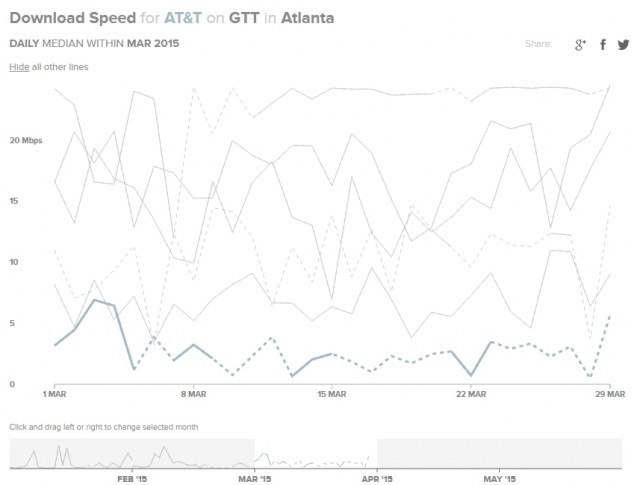
Internet traffic jam, at least for AT&T customers in Atlanta trying to reach content delivered by GTT.
An AT&T U-verse customer in Atlanta would probably not attribute the poor performance depicted in M-Lab’s performance test directly to AT&T because Internet responsiveness for other websites would likely appear normal. Customers might blame the originating website instead. But M-Lab’s performance results shows the trouble is limited to AT&T, not other providers like Comcast.

AT&T: Slow down, you move too fast.
The issues of performance and peering agreements that provide enough capacity to meet demand are close cousins of Net Neutrality, which is supposed to prevent content producers from being forced to pay for assurances their traffic will reach end users. But that seems to be exactly what AT&T is asking for from GTT.
“It would be unprecedented and unjustified to force AT&T to provide free backbone services to other backbone carriers and edge providers, as Cogent et al seek,” AT&T wrote in response to a request from several CDNs to disallow AT&T’s merger with DirecTV. “Nor is there any basis for requiring AT&T to augment network capacity for free and without any limits. Opponents’ proposals would shift the costs of their services onto all AT&T subscribers, many of whom do not use Opponents’ services, and would harm consumers.”
* – When a copy of the study becomes publicly available, we will supply a link to it.
Correction: It is more accurate to describe GTT as a “Tier1 IP network” which supplies services to CDN’s, among others. More detail on what GTT does can be found here.


 Subscribe
Subscribe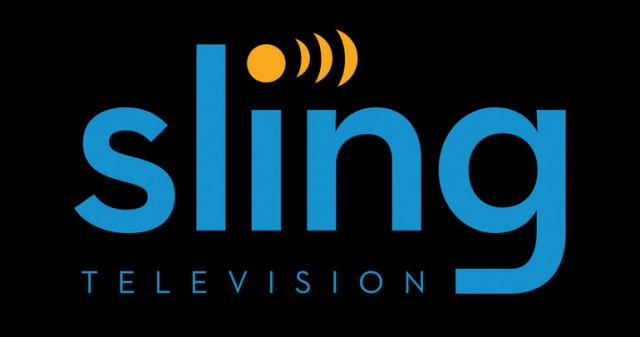 In the last three years, several Wall Street analysts have called on cable and telephone companies to raise the price of broadband service to make up for declining profits selling cable TV. As shareholders pressure executives to keep profits high and costs low, dramatic price changes may be coming for broadband and television service that will boost profits and likely eliminate one of their biggest potential competitors — Sling TV.
In the last three years, several Wall Street analysts have called on cable and telephone companies to raise the price of broadband service to make up for declining profits selling cable TV. As shareholders pressure executives to keep profits high and costs low, dramatic price changes may be coming for broadband and television service that will boost profits and likely eliminate one of their biggest potential competitors — Sling TV.
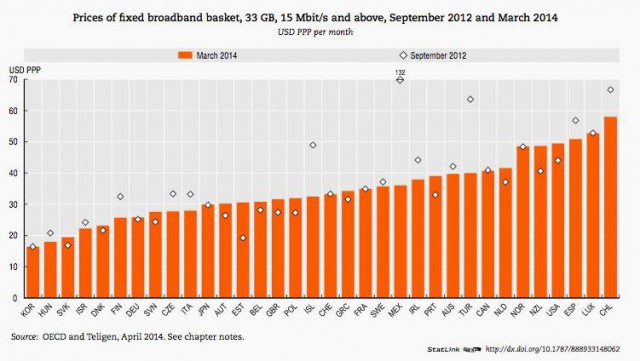
 “Our work suggests that cable companies have room to take up broadband pricing significantly and we believe regulators should not oppose the re-pricing (it is good for competition & investment),”
“Our work suggests that cable companies have room to take up broadband pricing significantly and we believe regulators should not oppose the re-pricing (it is good for competition & investment),” 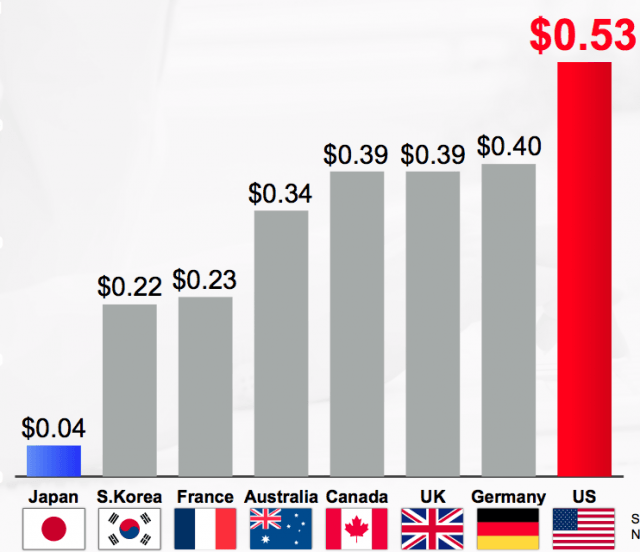 Neither would Sling CEO Roger Lynch, who has a package of 23 cable channels to sell broadband-only customers for $20 a month.
Neither would Sling CEO Roger Lynch, who has a package of 23 cable channels to sell broadband-only customers for $20 a month.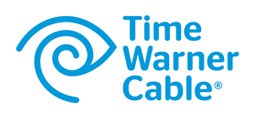 Time Warner Cable is launching a new network of outdoor hotspots in the Dallas Metroplex, giving their customers free unlimited access at popular outdoor destinations and retail stores.
Time Warner Cable is launching a new network of outdoor hotspots in the Dallas Metroplex, giving their customers free unlimited access at popular outdoor destinations and retail stores.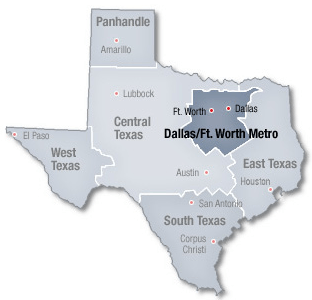 But Time Warner Cable customers elsewhere will also find a quickly growing network of indoor hotspots hosted by businesses that subscribe to Time Warner’s commercial broadband service. As part of their broadband package, businesses are encouraged to host TWC Wi-Fi Passpoint access, which allows TWC customers to automatically connect to any participating Wi-Fi hotspot without having to ask the business for a password.
But Time Warner Cable customers elsewhere will also find a quickly growing network of indoor hotspots hosted by businesses that subscribe to Time Warner’s commercial broadband service. As part of their broadband package, businesses are encouraged to host TWC Wi-Fi Passpoint access, which allows TWC customers to automatically connect to any participating Wi-Fi hotspot without having to ask the business for a password.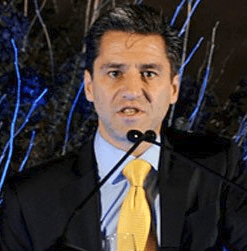
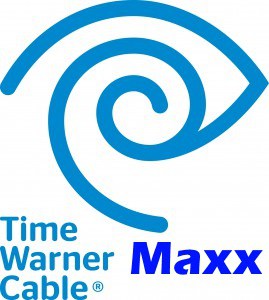 Marcus claims he understood Time Warner Cable’s image with customers was a real problem that needed to be addressed immediately after becoming the company’s new CEO in January 2014.
Marcus claims he understood Time Warner Cable’s image with customers was a real problem that needed to be addressed immediately after becoming the company’s new CEO in January 2014. Charter Communications has quietly dropped usage caps and allowances from the company’s terms and conditions, once again giving Charter broadband customers unlimited access to the Internet.
Charter Communications has quietly dropped usage caps and allowances from the company’s terms and conditions, once again giving Charter broadband customers unlimited access to the Internet.